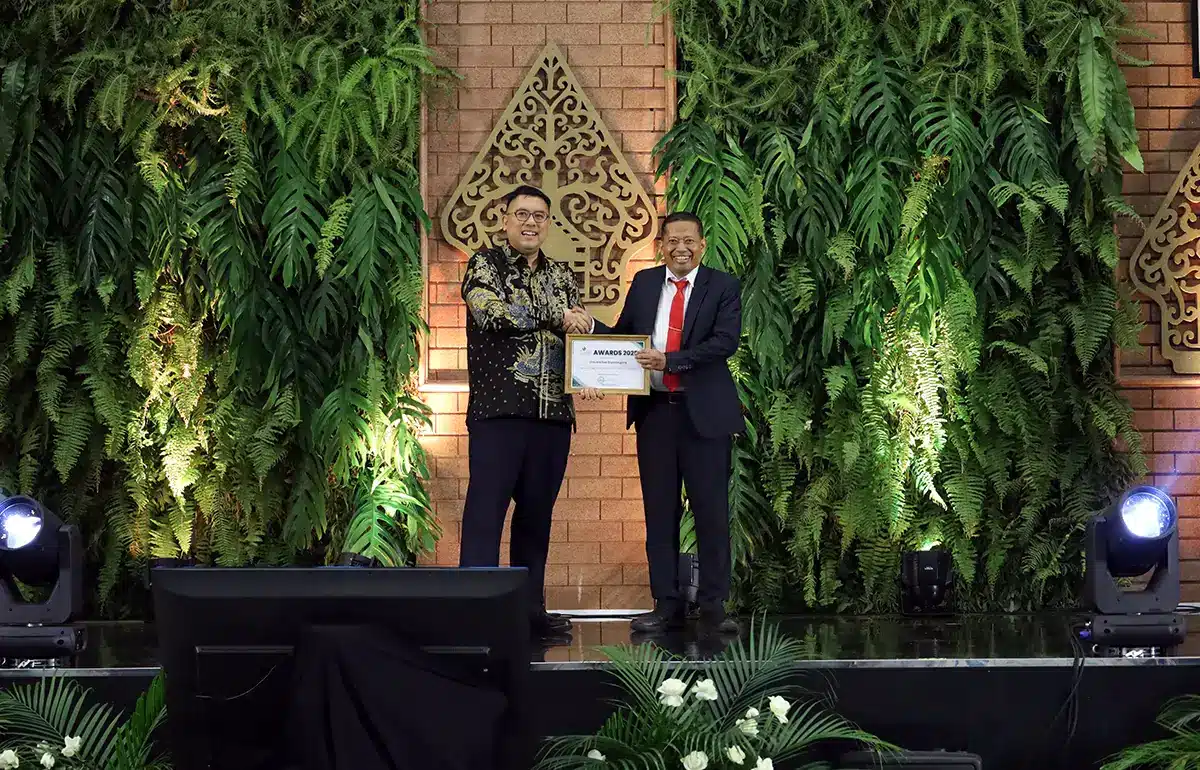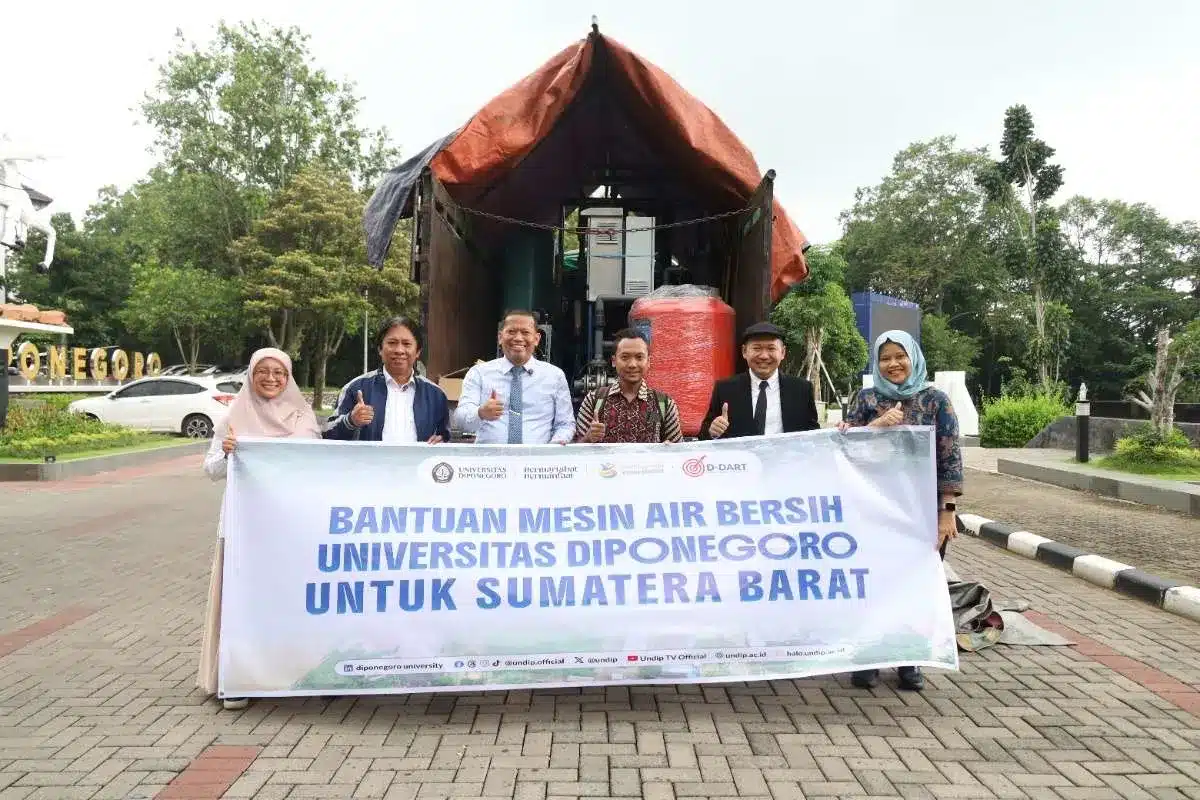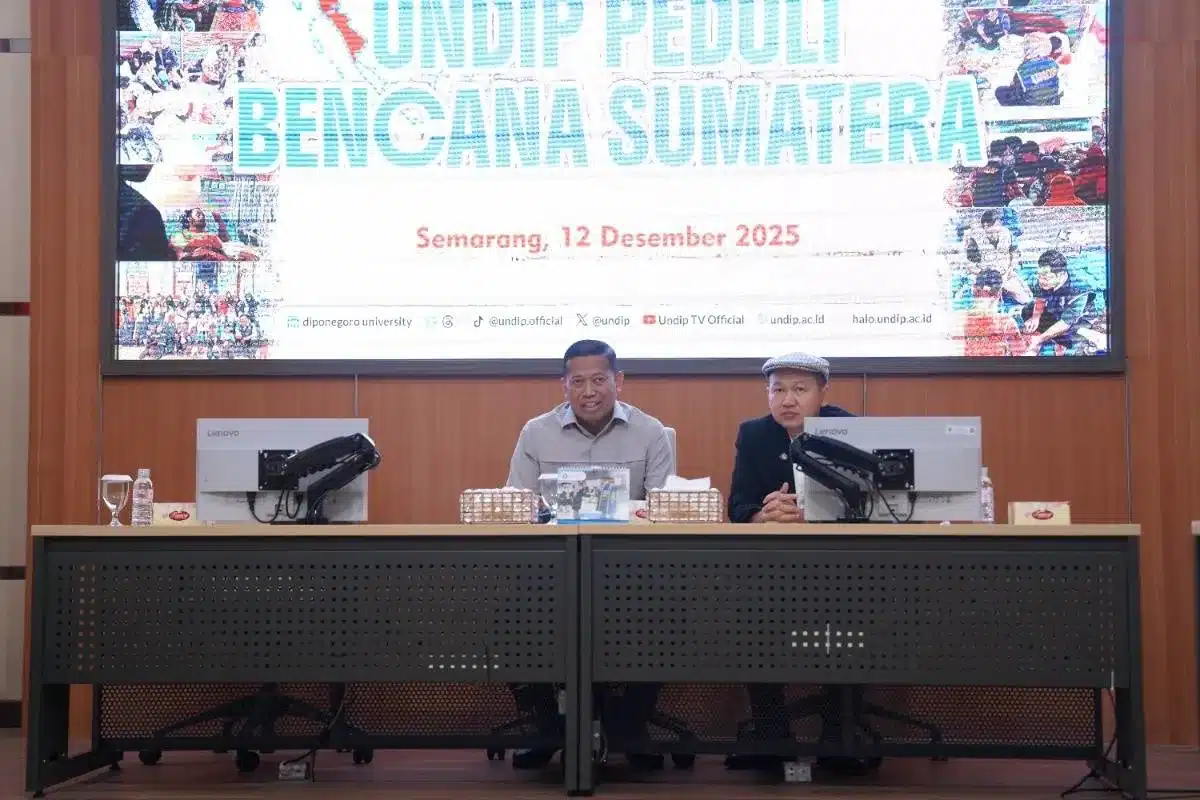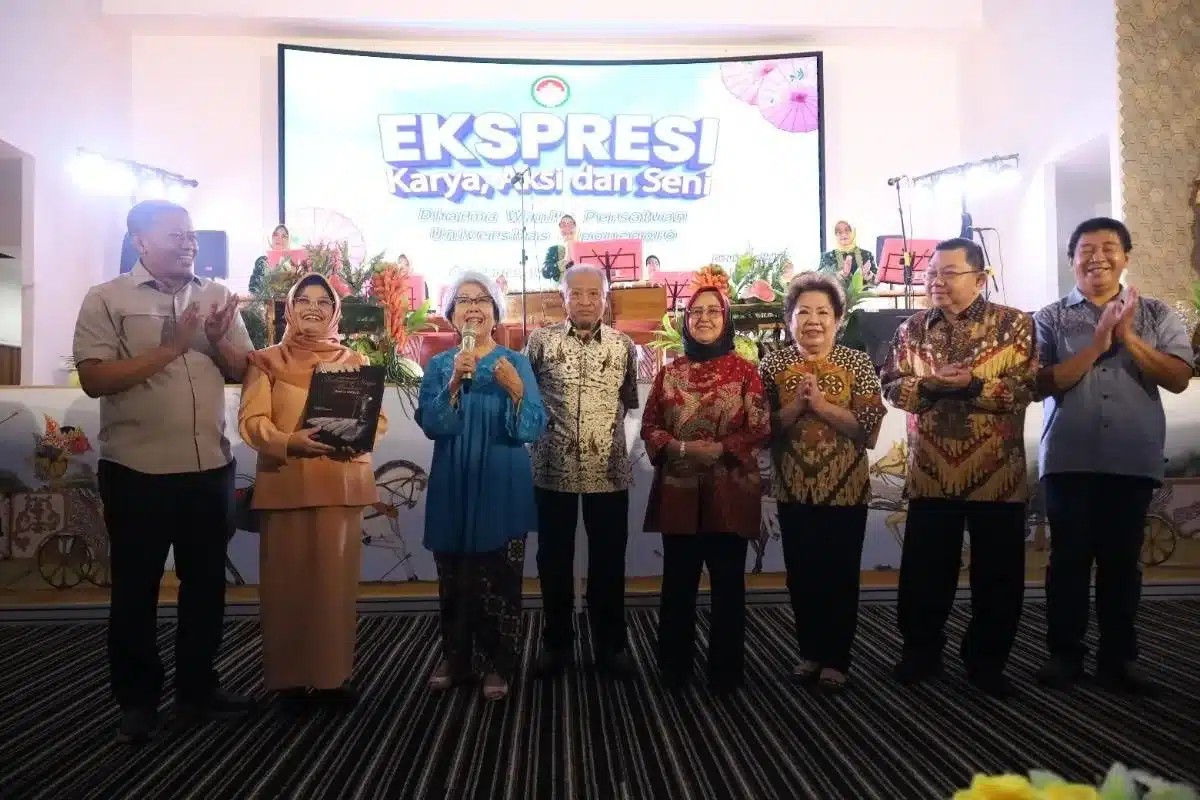Dr. Diana Puspita Sari, S.T., M.T., a lecturer at the Faculty of Engineering, Diponegoro University, is examining the development of an electronic waste management network model considering consumer behavioral intentions. According to Dr. Diana, the significant increase in the use of electronic devices (smartphones) will inevitably lead to a rise in electronic waste potential, and the high potential flow of this waste needs to be adequately matched with proper management.
This research aims to analyze consumer behavior and intention to participate in electronic waste collection programs post-smartphone usage and develop an electronic waste management network model by integrating formal and informal channels.
Dr. Diana used descriptive statistical methods and Partial Least Squares to analyze consumer behavior and intentions. Then, the management network model was developed by determining collection channels and transportation routes using the Extended-Location Set Covering Problem, Nearest Neighbor, and Tabu Search methods. Consumer acceptance analysis of secondhand products was conducted through regression analysis. Dr. Diana continued her study by analyzing the environmental impact of smartphone waste recycling using the eco-cost method and calculating the profit that could be gained if the management network could function properly.
Dr. Diana’s research results indicate that consumers keep their used smartphones after usage. Female users tend to have a higher intention to collect smartphone waste than males. Key factors influencing consumer intentions to collect are government drivers, facility accessibility, and personal attitudes. “The government should create regulations that govern, oversee, and provide electronic waste management facilities,” said Dr. Diana.
Dr. Diana found that the Yogyakarta Province requires 30 primary collection center points with a maximum distance of 11.2 km from consumers. Transportation from primary collection centers to secondary collection centers is done monthly with 4 transportation routes. There is a recorded 44% of consumers of secondhand products in Indonesia; thus, the business opportunity in the secondary market can be considered in network development.
Dr. Diana’s research found that several factors, including price, quality, and income, influence the decision to purchase secondhand products. When examining the relationship between gender and education, the decision to purchase secondary products is dominated by lower to middle-educated males.
Informal recycling practices have a more significant impact on the environment than formal recycling practiced by developed countries. Formal channels provide more substantial benefits but also require more excellent investment. “It is time for Indonesia to switch to formal recycling, as it provides greater economic and environmental benefits. Collaborating formal and informal management channels would greatly benefit the supply chain if executed properly,” she said. This research has resulted in 4 publications in reputable international journals and 2 in international seminar proceedings. (GR-Public Relations)










